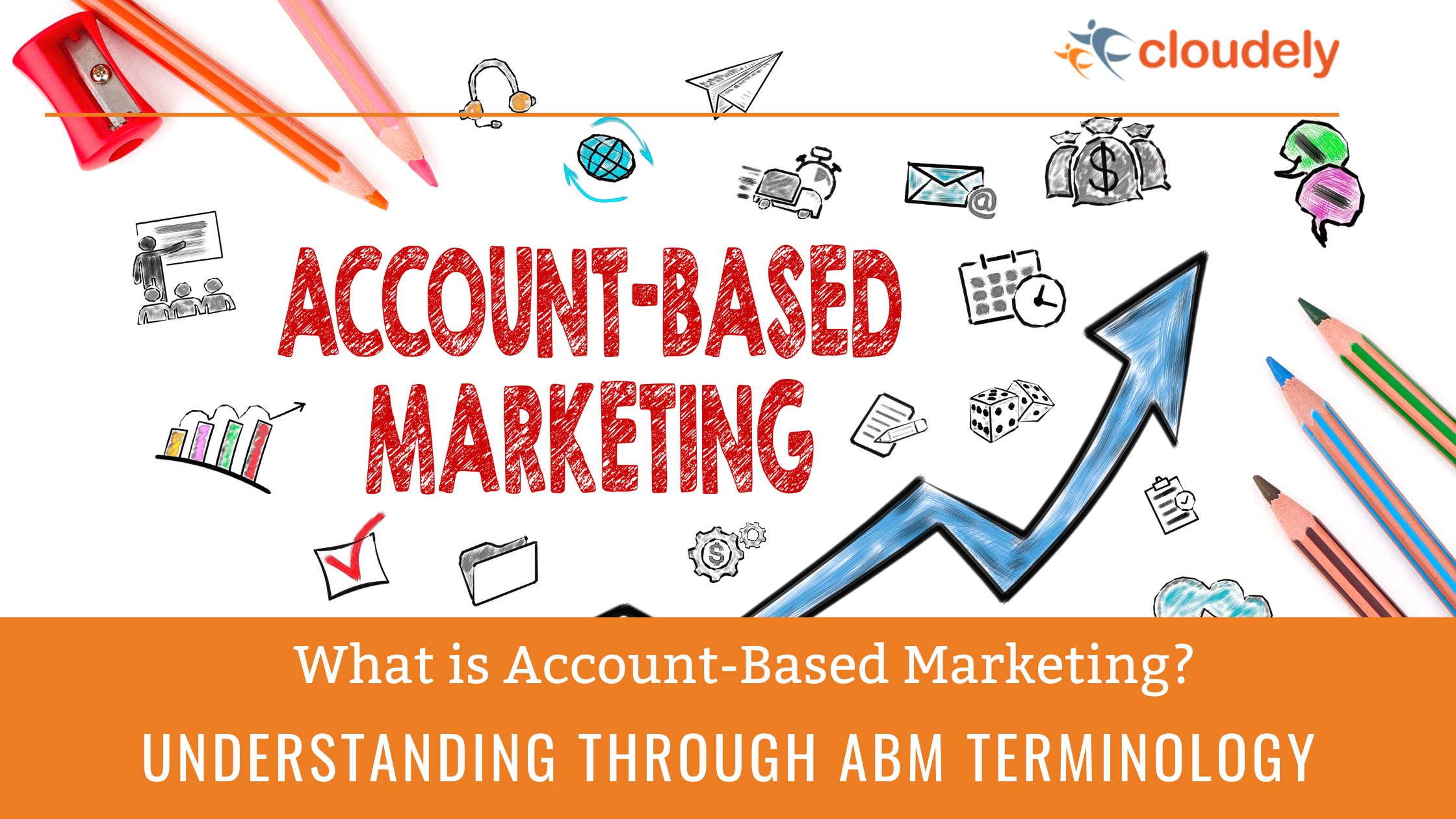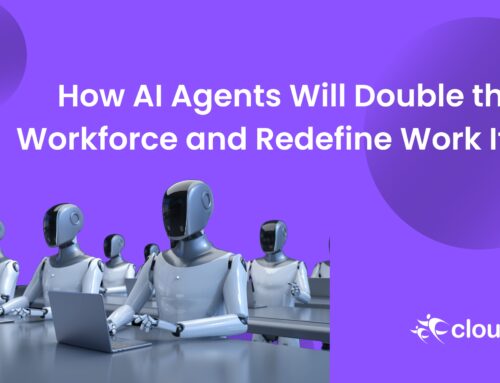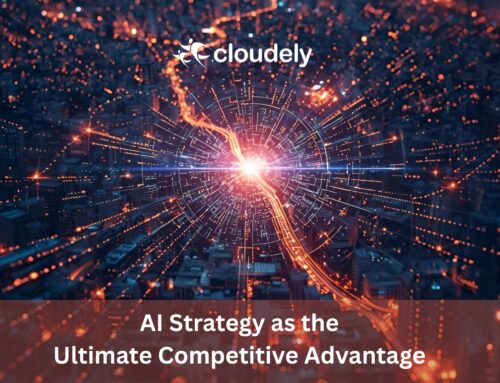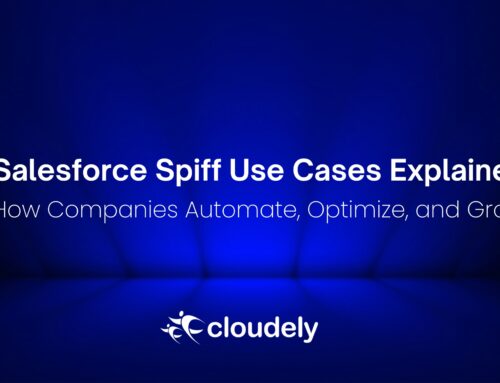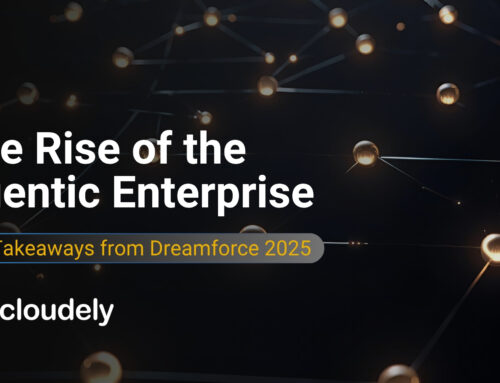Account-based marketing is on the rise, and it’s no surprise to guess why. With its return on investment as high as 97%, increasingly more marketers are turning into ABMers to make the most of this promising B2B marketing strategy.
Since its inception in 2020, ABM has evolved with various terms that can sound new even to a seasoned traditional marketer. In this article, we curated the most frequently used Account-based Marketing terms every marketer must know.
Before we dive into the Account-Based Marketing terminology, let us understand how it differs from traditional marketing.
Traditional marketing vs. Account-Based Marketing
In traditional marketing, the approach to closing a deal is a funnel-shaped one. Businesses attract prospects and lead through various organic and paid strategies, nurture them and identify the potential customers to pitch.
On the contrary, in account-based marketing, businesses identify the potential customers, nurture them with personalized campaigns and then build lasting relationships to create new opportunities. In simple terms, the account-based marketing strategy resembles an inverted funnel.
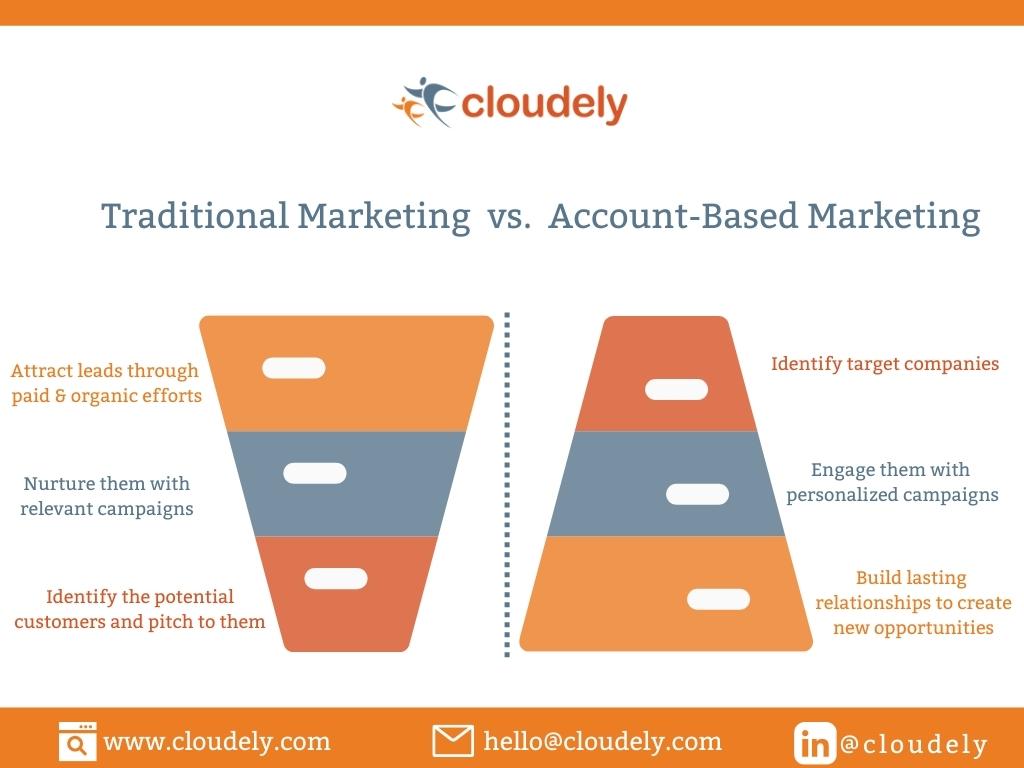
Piloting account-based marketing is an orchestrated effort of many teams, with the alignment of sales and marketing teams in particular.
To be familiar with the account-based marketing process, a basic understanding of its terminology is vital. Below is a comprehensive list of ABM glossary every marketer needs to know.
Account-based marketing
It is a marketing strategy that focuses on a set of targeted accounts in the market. It differs from traditional marketing in the sense that it aims at the highest probability of deal closure rate with personalized campaigns backed by data and analytics.
Account
Account is an organization that is the best fit for your offerings. Before settling on an account, various factors come into the picture to determine the ‘account’ potential – financials, scalability, competitive landscape, and collaboration prospects. Account-based marketing treats both customers and prospects as accounts, and they are the first step to begin with ABM.
Related Read: How to set SaaS OKRs?
Account Lifecycle
What “Customer Journey” is in traditional marketing translates to “Account Lifecycle” in ABM. It essentially comprises three different stages as below:
Acquisition: This stage includes acquiring potential customers. The KPIs at this stage include meaningful engagement with the target accounts.
Acceleration: This implies moving the accounts down with high velocity and reducing the deal closure time. The KPIs here include average deal size and average deal cycle.
Expansion: Here the focus lies on account expansion by delivering more through cross-selling, upselling, and retention. KPIs at this stage are cross-sell, upsell, and retention rates.
Account Engagement
ABM is essentially a data-driven one. Account engagement is analyzing the engagement of the people involved in that particular account.
Account Tiering
Once accounts are finalized, the best practices of ABM suggest ‘tier’ them. Accounts are tiered based on priority and revenue opportunity. Analysis of data points using ABM technology and tools and performing research is vital to tier accounts.
Broadly, account tiering is done in three categories:
- Tier 1: Those accounts that are perfect fits and promise high strategic value and engagement fall into tier-1 accounts.
- Tier 2: Those accounts that are a better fit but have lesser customer lifetime value fall into tier-2 accounts.
- Tier 3: Those accounts that do not match the perfect fits or ICP (we will learn about this as we move below) but are worth trying by investing minimal resources.
Buyer Persona
A buyer persona is a composite sketch of your customers. You interact, educate and engage buyer personas.
Though buyer persona and ICP sound synonymous, ABM experts suggest that ICP is the organization you deal with while buyer persona is the individuals you engage.
A buyer persona is created after considering various traits and taking the help of search lists and databases such as LinkedIn.
The focus on buyer persona in ABM lies in analyzing their buying habits rather than focusing on details that traditional marketing generally takes into account.
Cluster
A cluster is a subset of an account. Clustering plays a vital role in the One-to-few ABM approach, where a small group of businesses that share similar characteristics and business drivers are grouped into clusters.
Customer Lifetime Value
CLV or Customer Lifetime Value indicates the total revenue a customer is bringing in during the tenure of your association. Here are proven tactics to increase CLV.
Engagement Data
Engagement data provides insights into how accounts are engaging with your company. Every business has its marketing goals, and accordingly the engagement goals differ. For instance, website visits, number of downloads, email opens, and registrations can all be considered engagement data.
Firmographic
Firmographics are what ‘demographics’ are in traditional marketing. Firmographics are the attributes of organizations a B2B business is targeting. Common identifiers for forming firmographics include business size, industry, turnover, no. of employees, geographic location, and account lifecycle stage.
Suggested Read: Why does your business need CRM?
F.I.R.E
FIRE is an acronym in ABM strategy that stands for Fit, Intent, Recency, and Engagement. It is a four-pillared model that governs Account-Based Marketing.
Ideal Customer Profile (ICP)
An Ideal Customer Profile (ICP) is the organization that is the best fit for your offerings. Common factors to consider to frame an ICP include:
- Geographical location
- Industry/vertical
- Number of Employees
- Revenue
- Budget
- Technologies implemented
- Customer base
- Industry positioning
Intent Data
One of the focal points in ABM is to target the accounts with the highest scope for deal closure. Here’s where watching account behavior is vital, and intent data steps in.
Intent data refers to your target accounts’ interest in third-party sites. The intent data is a crucial signal for sales and marketing teams to target the account with personalized outreach. ABM tools that help capture the intent data include LinkedIn, Bombora, and G2Crowd.
Land and Expand
ABM focuses on nurturing long-term relationships with proven accounts. Land and expand is an ABM strategy that indicates cross-selling and up-selling to widen the sales window once a small deal is closed with an account.
Marketing Qualified Account (MQA)
The accounts with the highest probability of sales are MQAs or Marketing Qualified Accounts. MQAs are generally a group or unit of individuals with decision-making authority rather than individual prospects as in traditional marketing.
Pipeline Velocity
The time taken to move a targeted account towards deal closure is pipeline velocity. Another popular ABM terminology is pipeline acceleration which focuses on shortening the conversion time. Pipeline velocity and pipeline acceleration are two vital ABM metrics.
Play
The sequence of steps that result in a goal-oriented action is termed ‘play’ in ABM. The steps in play depend on the account action and taking the account down the sales pipeline in a shorter time. General plays involve creating personalized ads, emails, and offers.
Tactic
The tactic is the approach you intend to use behind the marketing campaign. Common ABM tactics include emails, eBooks, Downloads, and social media conversations.
Suggested Reading: How can businesses meet customer expectations?
Total Addressable Market (TAM)
The maximum generatable revenue from a given market is what TAM stands for. It provides a comprehensive view of the opportunity size considering all accounts.
Target Account List (TAL)
The list of accounts that your business is immediately going to target in the next month or quarter is the Target Account List (TAL). The TAL is prepared by segregating accounts based on priority, and once the ICP is ready and the accounts are tiered.
It’s time to leverage technology!
Now that you know the ABCs of ABM, it’s time to get into the business. Get in touch with our team to leverage sales technology and accelerate revenue growth. Connect with us on LinkedIn. Email us at hello@cloudely.com.

